Villanueva, N. et als
Plastic & Reconstructive Surgery: January 2018 – Volume 141 – Issue 1 – p 79–86
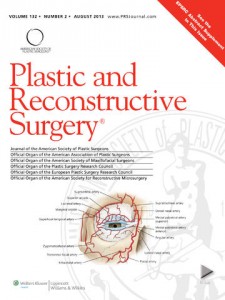 Gluteal augmentation with fat transplantation is increasing in demand but has been associated with a concerning number of fatality reports. Despite these reports, various surgeons have safely performed gluteal fat transplantation on a large number of patients with no reported mortality. The important aspects of safely performing gluteal fat transplantation are reviewed. Proper patient selection, favorable instrumentation, patient positioning, proper technique, and knowledge of anatomy are critical to improving the safety of this procedure. Adherence to these key principles should allow a reduction in mortality from this procedure, which would safely allow its continued offering in the setting of increasingly high demand.
Gluteal augmentation with fat transplantation is increasing in demand but has been associated with a concerning number of fatality reports. Despite these reports, various surgeons have safely performed gluteal fat transplantation on a large number of patients with no reported mortality. The important aspects of safely performing gluteal fat transplantation are reviewed. Proper patient selection, favorable instrumentation, patient positioning, proper technique, and knowledge of anatomy are critical to improving the safety of this procedure. Adherence to these key principles should allow a reduction in mortality from this procedure, which would safely allow its continued offering in the setting of increasingly high demand.
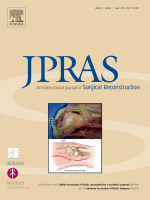 Rejuvenation of the dorsal surface of the hand for various conditions, such as cutaneous dyschromia, fine wrinkling, skin laxity, visible extensor tendons, and varicosities appear vital to prevent wrist and digit flexion resulting from hiding of the aged appearance of the hand. Numerous fillers have been applied to re-contour the aging dorsal surface of the hand and the results were variable. The micro-autologous fat transplantation (MAFT) technique, proposed by Lin et al. in 2006, has demonstrated its feasibility in facial rejuvenation. In this study, we applied the MAFT technique for the rejuvenation of the dorsal portion of the hand.
Rejuvenation of the dorsal surface of the hand for various conditions, such as cutaneous dyschromia, fine wrinkling, skin laxity, visible extensor tendons, and varicosities appear vital to prevent wrist and digit flexion resulting from hiding of the aged appearance of the hand. Numerous fillers have been applied to re-contour the aging dorsal surface of the hand and the results were variable. The micro-autologous fat transplantation (MAFT) technique, proposed by Lin et al. in 2006, has demonstrated its feasibility in facial rejuvenation. In this study, we applied the MAFT technique for the rejuvenation of the dorsal portion of the hand.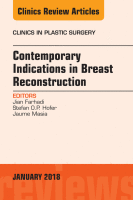
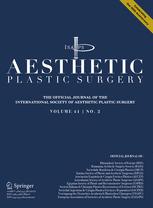
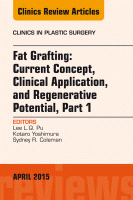 The author started injecting large quantities of fat in the breasts, thighs, and buttocks in 1985. The Brazilian Buttock technique was first presented in 1987; since then, the author has been writing and lecturing about it worldwide. In the past few years, the technique became very popular; it has changed the ideal of beauty in many countries. Recently, the author started using adipose-derived stem cell–based therapies for buttock augmentation to improve the results of fat graft survival.
The author started injecting large quantities of fat in the breasts, thighs, and buttocks in 1985. The Brazilian Buttock technique was first presented in 1987; since then, the author has been writing and lecturing about it worldwide. In the past few years, the technique became very popular; it has changed the ideal of beauty in many countries. Recently, the author started using adipose-derived stem cell–based therapies for buttock augmentation to improve the results of fat graft survival. Fat grafting is now widely used in plastic surgery. Long-term graft retention can be unpredictable. Fat grafts must obtain oxygen via diffusion until neovascularization occurs, so oxygen delivery may be the overarching variable in graft retention.
Fat grafting is now widely used in plastic surgery. Long-term graft retention can be unpredictable. Fat grafts must obtain oxygen via diffusion until neovascularization occurs, so oxygen delivery may be the overarching variable in graft retention.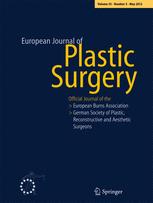 Autologous fat transplantation is a promising technique for soft tissue augmentation. However, the long-term maintenance of fat grafts remains unpredictable. Based on Peer’s cell theory, techniques that cause less cellular damage will optimize graft integration. Water jet-assisted liposuction (WAL) was introduced as a gentle and efficient technique for harvesting a large volume of fat in a short period of time. In this study, we evaluated the viability and function of adipocytes and preadipocytes harvested using WAL and compared this with the Coleman technique.
Autologous fat transplantation is a promising technique for soft tissue augmentation. However, the long-term maintenance of fat grafts remains unpredictable. Based on Peer’s cell theory, techniques that cause less cellular damage will optimize graft integration. Water jet-assisted liposuction (WAL) was introduced as a gentle and efficient technique for harvesting a large volume of fat in a short period of time. In this study, we evaluated the viability and function of adipocytes and preadipocytes harvested using WAL and compared this with the Coleman technique.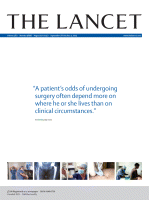 Autologous fat grafting is increasingly used in reconstructive surgery. However, resorption rates ranging from 25% to 80% have been reported. Therefore, methods to increase graft viability are needed. Here, we report the results of a triple-blind, placebo-controlled trial to compare the survival of fat grafts enriched with autologous adipose-derived stem cells (ASCs) versus non-enriched fat grafts.
Autologous fat grafting is increasingly used in reconstructive surgery. However, resorption rates ranging from 25% to 80% have been reported. Therefore, methods to increase graft viability are needed. Here, we report the results of a triple-blind, placebo-controlled trial to compare the survival of fat grafts enriched with autologous adipose-derived stem cells (ASCs) versus non-enriched fat grafts.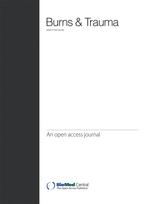 Nowadays, most patients with severe burns will survive their injury. This evolution is accompanied by the challenge to cover a large percentage of total body surface area burned. Consequently, more and more patients have to deal with the sequelae of burn scars and require (multiple) reconstructions. This review provides a gross overview of developments in the field of tissue engineering for permanent burn wound coverage and reconstructive burn surgery, focusing on usage and clinical effectiveness. Not only skin substitutes will be discussed but also the replacement of subcutaneous fat tissue and cartilage.
Nowadays, most patients with severe burns will survive their injury. This evolution is accompanied by the challenge to cover a large percentage of total body surface area burned. Consequently, more and more patients have to deal with the sequelae of burn scars and require (multiple) reconstructions. This review provides a gross overview of developments in the field of tissue engineering for permanent burn wound coverage and reconstructive burn surgery, focusing on usage and clinical effectiveness. Not only skin substitutes will be discussed but also the replacement of subcutaneous fat tissue and cartilage.





 Sitio web publicado el
Sitio web publicado el
Los lectores comentan